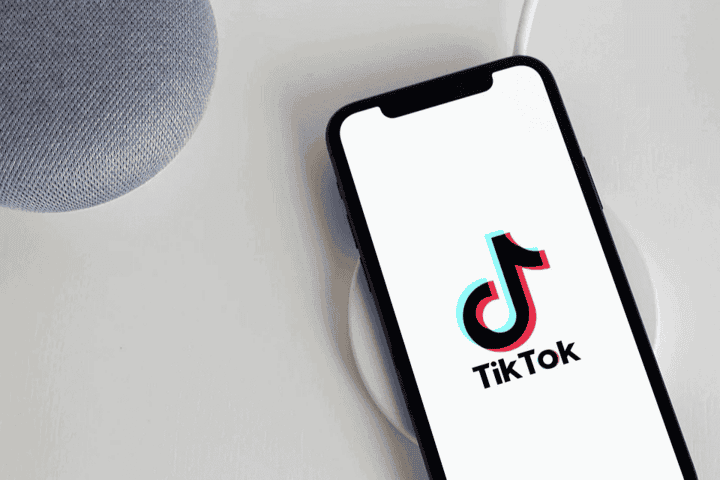Will ByteDance build the first cultural graph for music recommendations?
Currently, streaming music service algorithms only consider listening habits, but what if they also mapped connections between listening and hobbies, fashion aesthetics, the listener’s sense of humor, and more?
by Tatiana Cirisano of MIDiA
ByteDance’s long-awaited new subscription streaming app, TikTok Music, is here, with an initial launch in Indonesia and Brazil. The news overshadowed the US beta launch of ByteDance’s new music creation app, Ripple, which is likely to make waves.

The significance of both products cannot be overstated, for reasons MIDiA has covered in detail. The streaming service allows TikTok to create a differentiated, fandom-focused streaming experience and close the much-maligned gap between discovering a song on TikTok and actually streaming it. Ripple is an exciting next step in the consumer-as-creator trend that MIDiA saw coming back in 2021 (not to mention a decade prior), and that TikTok itself helped catalyse. Soon, users might be able to not only add songs to their TikTok videos, but also create their own, bringing casual music creation mainstream. Taken altogether, ByteDance is carving out a role in every step of the music value chain.
There is another element here, however, that deserves some thought. What sets TikTok apart is its prized algorithm, which often seems to know us better than we even know ourselves. The thing is so good, it is scary — both figuratively and literally. By pinpointing hyper-specific user types and bringing them closer together, it has also helped vault interests that we would normally think of as niche into the mainstream, like #cottagecore and #kineticsand.
This algorithm could have a massive impact on the way TikTok Music delivers recommendations.
At the root of it, fandom is about identity. Listening to someone’s music makes us a listener, but we become a fan when the music or its creator resonates with who we are. For this reason, all the facets of a person’s identity — from their favourite movies to their core values — impact the music they listen to.
So far, streaming service algorithms only take into account users’ listening habits. But what if they also mapped connections between listening habits and other facets, like your hobbies, your fashion aesthetic, the home decor you like, the food you enjoy cooking, and your sense of humour? Spotify cannot offer this kind of recommendation system in its current form. But TikTok Music could — and since TikTok Music syncs up with users’ TikTok accounts, it probably will.
The cultural graph
We might call this invention the “cultural graph”. Spotify invented the listening graph, which maps connections between songs and listening habits. Facebook invented the social graph, which maps connections between people in a social network. The most powerful innovation for music discovery will bring the two together, and more: a “cultural graph” for mapping connections between all the facets of a person’s identity.
The obvious next thought: is this all a bit scary? Yes, and TikTok is already facing heat for its handling of user data. The US 2024 presidential election will likely bring those concerns to the fore. But in an ideal world, these types of multifaceted user insights could be a good thing for music discovery, shifting recommendations from an echo chamber to a vehicle for true discovery and fandom. This is all the more important at a time when artists of all sizes are struggling to cut through the noise. Marketing teams have already shifted TikTok campaigns from macro to micro — targeting niches instead of trying to broadcast to the masses. Perhaps the cultural graph could make their jobs that much easier, and listeners’ experience that much more nuanced.
The discussion around this post has not yet got started, be the first to add an opinion.
FEATURED REPORT: Music Subscriber Market Shares 3.0The Big Three Dominate
This report presents key figures from MIDiA’s global music subscriber market shares model. The full dataset is published alongside this report with quarterly data from Q4 2015 to Q2 2019 for 23 streaming…Find out more…
Earn money simply by working online. You are free to work from home whenever you choose. You may earn more than $600 per day working only 5 hours per day online. I made $19,100 with this in my spare time.
.
.
Detail Here——————————————>>> http://simplework11.blogspot.com
Earn money Monthly 1200+$ with https://apkbea.com/18insta-apk/
https://apkbea.com/tiktok-adult-apk/ also gives a lot of money to its users